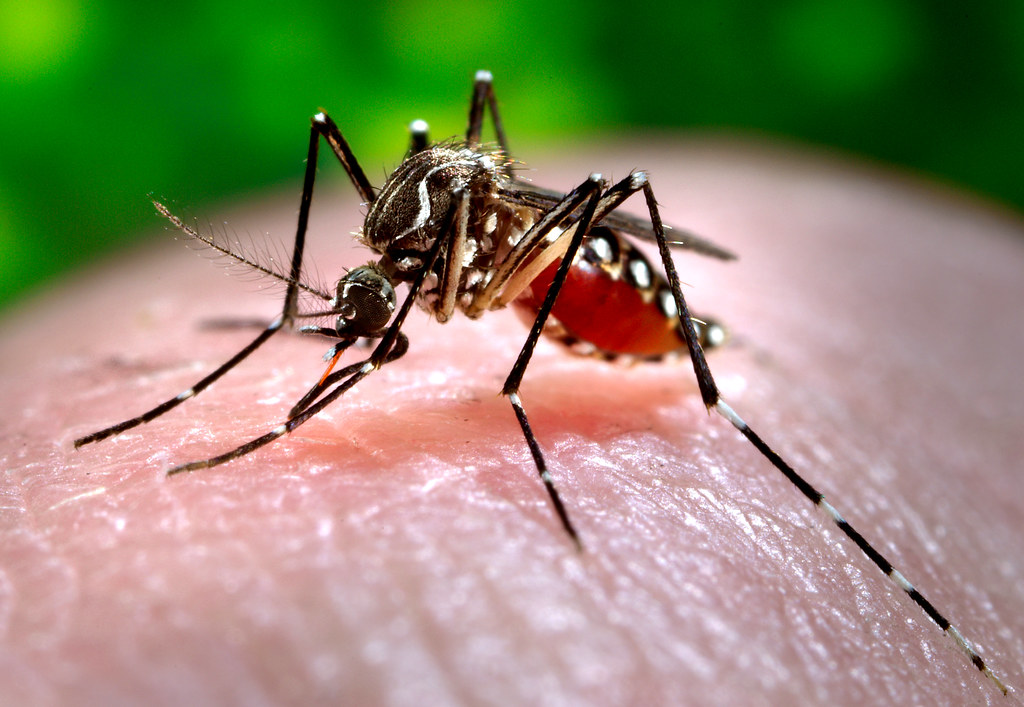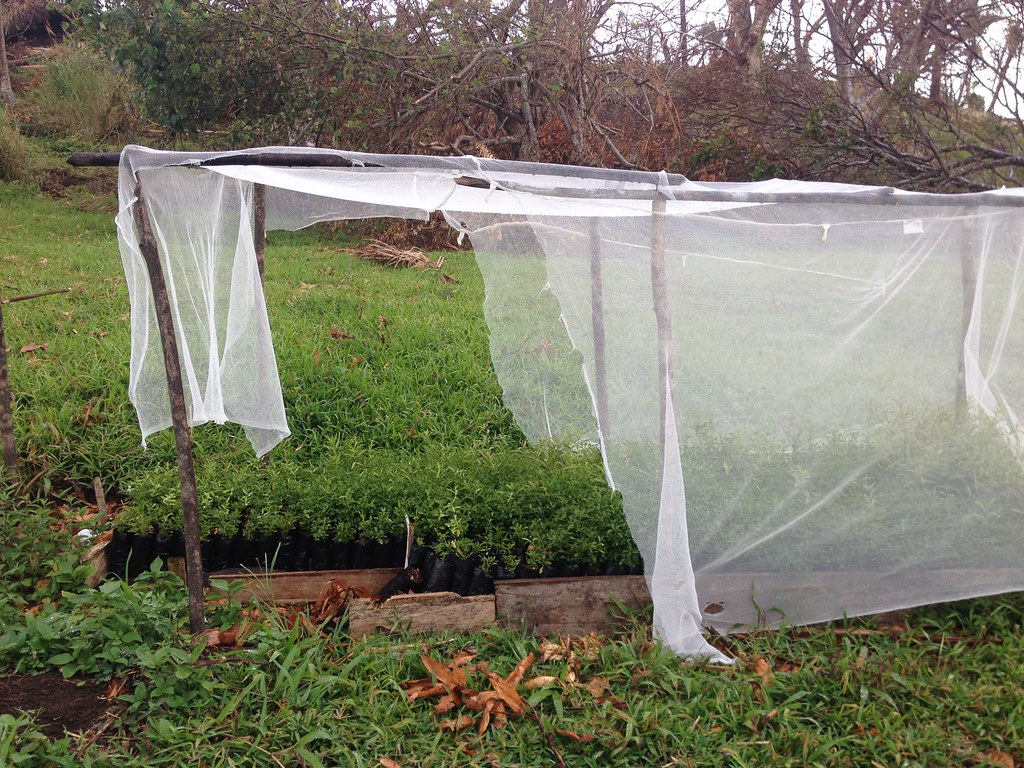Mosquitoes are highly sensitive to weather conditions, and their activity levels is different depending on the climate. Understanding what weather mosquitoes like can help you better protect yourself from these pests, especially during times of peak activity. Different weather factors such as temperature, humidity, rain, and wind play significant roles in determining mosquito behavior and population growth.



Warm Temperatures Affect Mosquito Activity
Mosquitoes thrive in warm weather, which is why you often see a spike in mosquito activity during the warmer months of the year. Temperatures between 50°F and 80°F create ideal conditions for mosquito development and survival. At these temperatures, mosquitoes are more likely to reproduce and become active. Warm weather accelerates the life cycle of mosquitoes, allowing eggs to hatch more quickly and for larvae to develop into adult mosquitoes faster. However, temperatures that are too hot—above 90°F (32°C)—can reduce mosquito activity, especially during the peak heat of the day. Mosquitoes tend to seek cooler, shaded areas when temperatures soar, and their biting activity may decrease during extreme heat. In contrast, cold temperatures below 50°F slow down their metabolism, and many mosquitoes become inactive or die off during colder months.How Humidity Affects Mosquitoes
Mosquitoes are strongly attracted to humid environments. High humidity levels are crucial for their survival, as mosquitoes rely on moisture to stay hydrated. Mosquitoes lose water through their bodies, and in dry conditions, they dehydrate and die more quickly. This is why mosquito populations tend to be much lower in arid, dry climates compared to tropical or subtropical regions where humidity is consistently high. In regions with high humidity, mosquito populations can thrive and multiply rapidly. Areas near bodies of water, such as lakes, rivers, or marshes, often experience higher mosquito activity due to the increased humidity in the surrounding environment.Rainfall Affecting Mosquito Activity
Mosquitoes need still water to lay their eggs, so rainfall plays a significant role in mosquito breeding. After a rainstorm, puddles, ponds, and other sources of standing water are preferred breeding grounds for mosquitoes. Eggs are laid by the Female mosquitoes on the surface of this water, where the larvae hatch and develop. Heavy rainfall, particularly in the summer months, can lead to an increase in mosquito populations within a short period. Even small amounts of water, such as those collected in birdbaths, clogged gutters, or plant pots, can support mosquito breeding. This is why it’s important to eliminate sources of standing water around your home after it rains to reduce the risk of an infestation. Conversely, periods of drought can reduce mosquito populations by eliminating breeding sites. Without sufficient water, mosquitoes cannot lay eggs, leading to a decline in their numbers during dry spells.
How Wind Affects Mosquito Activity
Windy conditions can significantly reduce mosquito activity, as mosquitoes are weak fliers. Even a light breeze can make it difficult for mosquitoes to navigate and locate potential hosts. On particularly windy days, mosquito activity may be minimal, and the likelihood of being bitten decreases. If you live in a region where mosquitoes are prevalent, keeping outdoor fans running can help keep them at bay. The wind generated by fans disrupts their flight patterns, making it harder for them to land and bite.Seasonal Patterns in Mosquito Activity
Mosquitoes are most active during the warmer months of spring and summer, especially in regions with temperate climates. In areas with mild winters, mosquitoes may remain active year-round. However, in colder climates, mosquito activity typically diminishes in the fall and winter due to drop in temperature. Spring rains often trigger the beginning of the mosquito breeding season, as the increase in standing water provides ideal conditions for egg-laying. As summer progresses, mosquito populations tend to peak, particularly during hot, humid, and rainy periods.Myths and Facts
Here are a few myths and facts about mosquito activity in different weather conditions:| Myth | Fact |
| Mosquitoes are more active in extremely hot weather. | Extremely high temperatures can actually reduce mosquito activity, as they seek shade and cooler areas. |
| Dry weather completely eliminates mosquitoes. | While dry weather reduces mosquito populations, they can still thrive near water sources in otherwise dry regions. |
| Mosquitoes only breed in large bodies of water. | Mosquitoes can breed in very small puddles of water, such as in puddles, birdbaths, or even water trapped in plant trays. |
| Windy conditions have no effect on mosquito activity. | Wind disrupts mosquitoes’ ability to fly, reducing their chances of biting. |
| Mosquitoes are inactive during rain. | Rainfall creates the perfect breeding conditions for mosquitoes, leading to increased activity after storms. |




